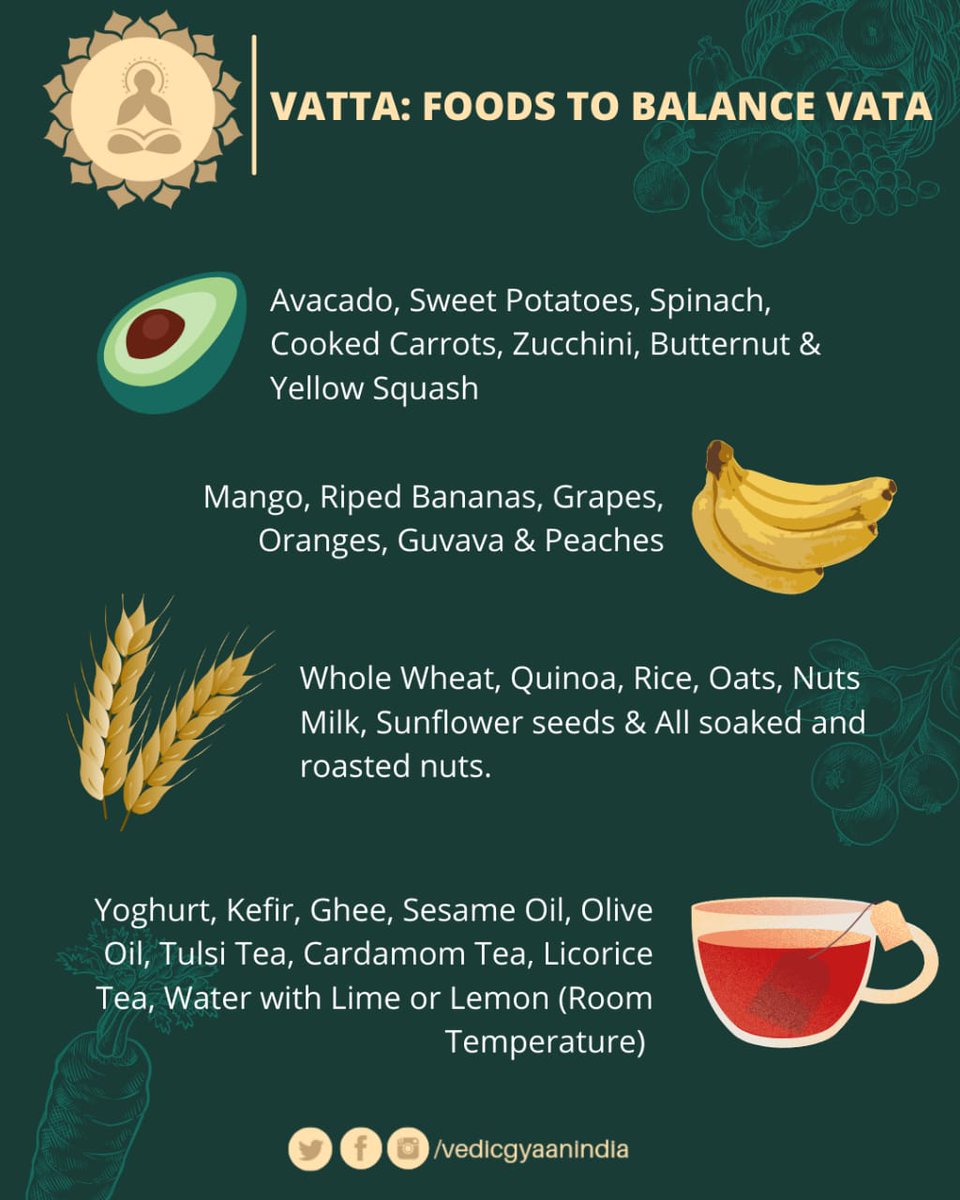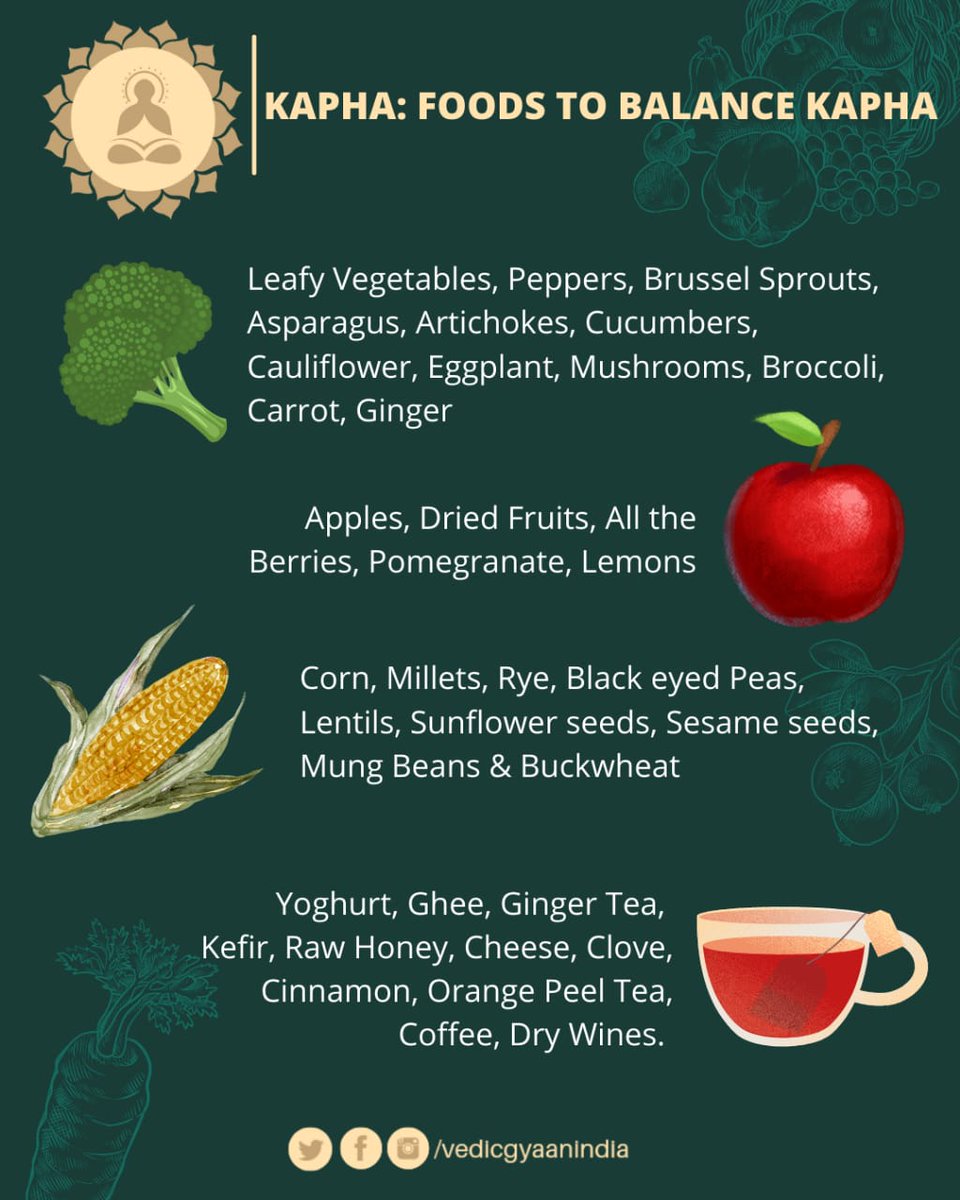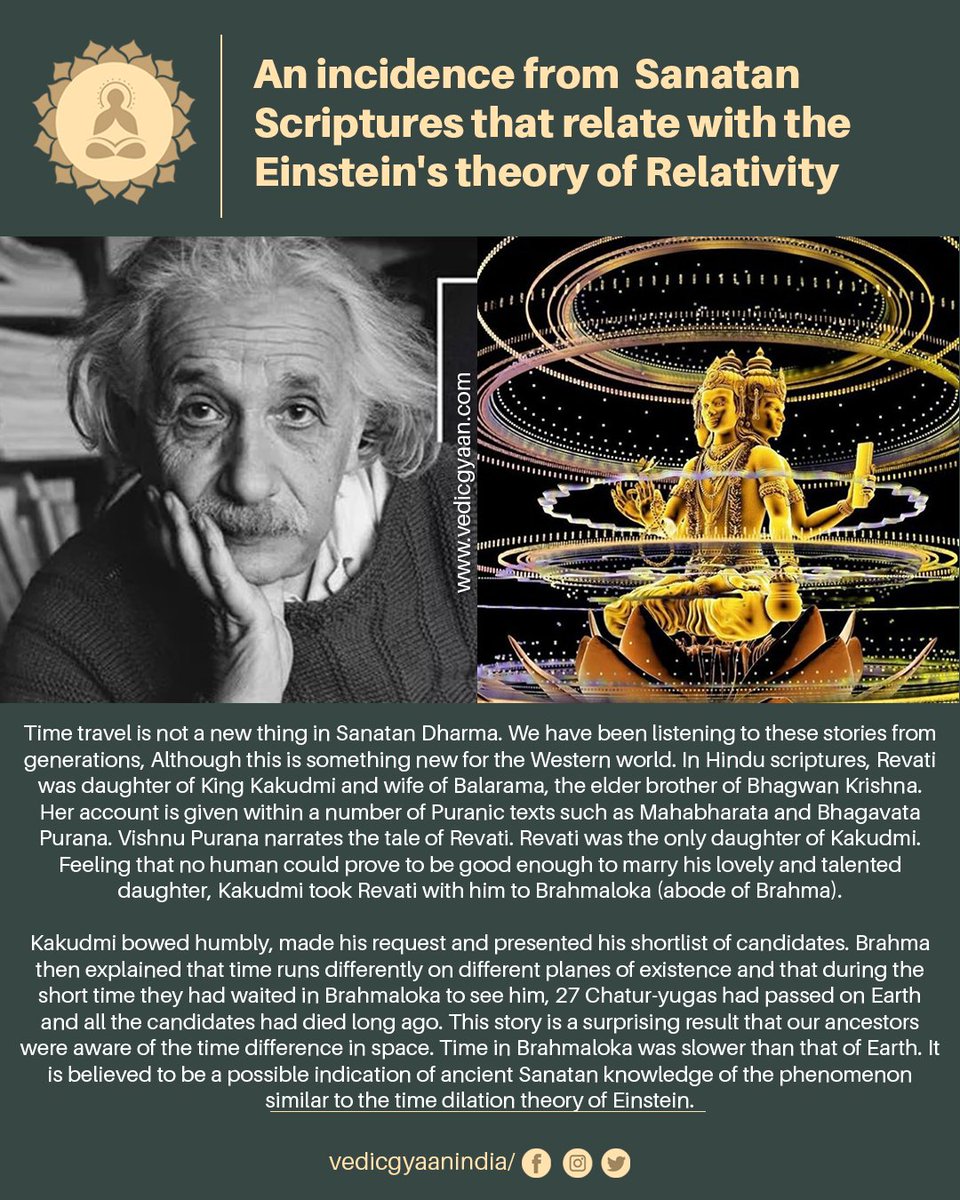
Vishnu extends his hands to the human to give him moksha/ Ascension/ Rainbow body and release him from this cycle of Misery of rebirth... (The wheel of Samara)
But the human is so engrossed in the dripping honey/nectar that he fails to see the extended hand of Mahavishnu
But the human is so engrossed in the dripping honey/nectar that he fails to see the extended hand of Mahavishnu

1. Elephant represents past[Sanchita] karma
2. Snake represents Future[Kriyamana] karma
Remember karma meaning "doing" your past and present all exist in this moment (Here and Now).
3. Tree branch is present life
4. white and black rats, day and night - eating away present life
2. Snake represents Future[Kriyamana] karma
Remember karma meaning "doing" your past and present all exist in this moment (Here and Now).
3. Tree branch is present life
4. white and black rats, day and night - eating away present life
5. Honey comb is Maya and material Life. He is under attack by the bees but yet is lost in his lust for honey.
Enjoying Sense pleasures are like putting the Ghee (clarified butter) in the fire of desires, it increases the desires but never decrease. Worldly person's [Bhogi]
Enjoying Sense pleasures are like putting the Ghee (clarified butter) in the fire of desires, it increases the desires but never decrease. Worldly person's [Bhogi]
life is filled with full of sense pleasures yet unhappy but where as the Yogi controls the senses and enjoy the unlimited happiness or Joy. Don't Be A Bhogi but Be A Yogi!!!
~
A yogī is greater than the ascetic, greater than the empiricist and greater than the fruitive worker.
~
A yogī is greater than the ascetic, greater than the empiricist and greater than the fruitive worker.
Therefore, O Arjuna, in all circumstances, be a yogī. ~ Bhagavad Gita 6-46
Credits: @bhagavadgitachanting
Credits: @bhagavadgitachanting
• • •
Missing some Tweet in this thread? You can try to
force a refresh














